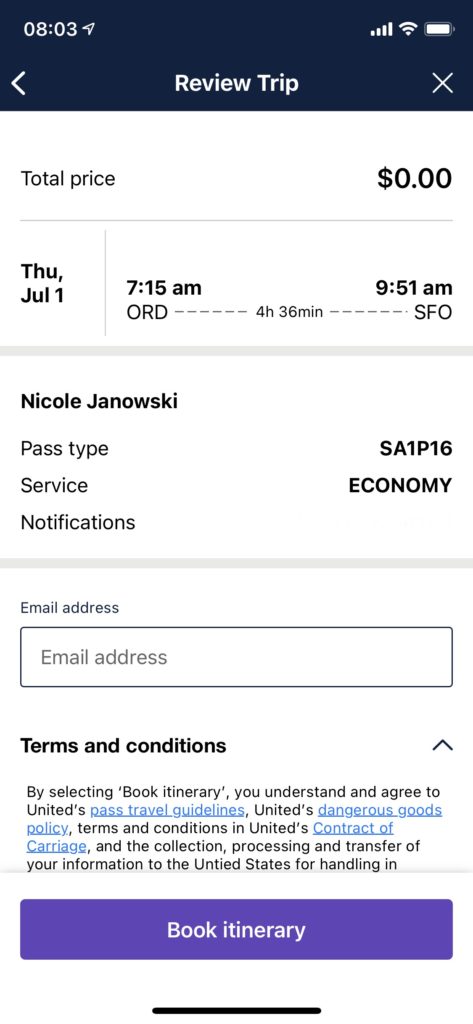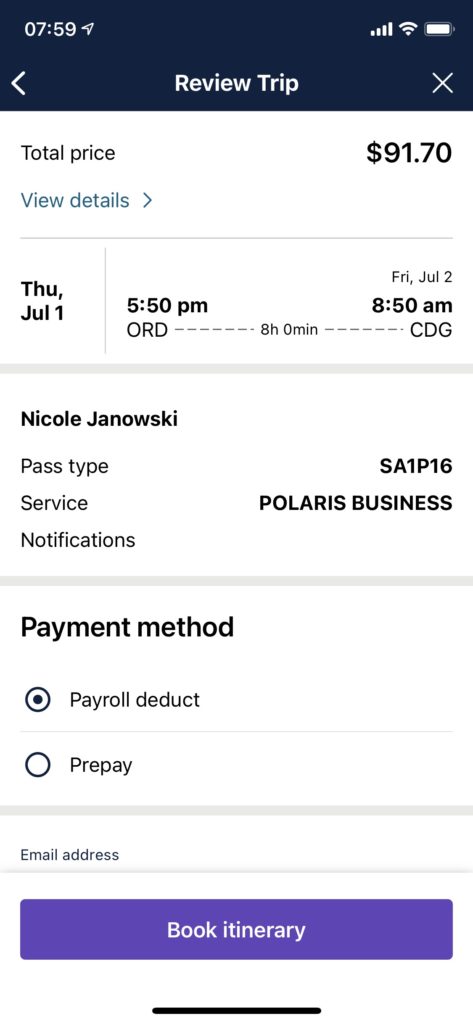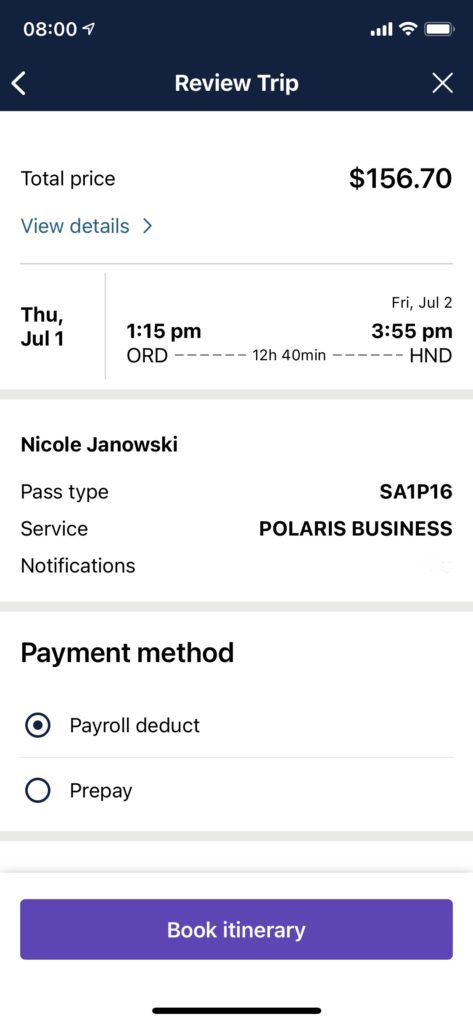Free flights are one of the most valuable and cherished benefits that you get as a flight attendant. (Since I quit my job, it’s the benefit that I miss the most.) Seeing as how I get millions of questions about this topic, I figured it would be worthwhile to put together a detailed explanation for the blog. This post will explain all about my flight attendant travel benefits — how they work, how I use them, and what they don’t tell you before flying standby.
I’ve also included a mini glossary of airline terms at the bottom of this post. Sometimes it can be like speaking another language!
Flight attendant travel benefits overview
Flight attendants are able to fly anywhere in the world for free. The catch? We can only get on the plane if there is an open seat. This is called space available travel, and it’s both a blessing and a curse!
Space available travel is the greatest thing in the world if you are flexible with your travel plans. Since flight loads can change so quickly, it’s important to be able to switch your itinerary at a moment’s notice for the best chance of making it on. For example, if you want to fly from Chicago to Paris, your options could include taking the nonstop flight, connecting in a different city domestically, or flying to a nearby European city and then taking a train. Having plans A, B, and C is absolutley essential!
Of course, there are also times when flying standby does not work in your favor. Many times, your desired flights will be 100% full or someone with a higher boarding priority will list in front of you last minute. In these instances, it’s sometimes better to just buy a confirmed ticket and save yourself the trouble.
Who can use flight attendant travel benefits?
At my airline, travel benefits are extended to not just myself, but to others as well! Parents, spouses, domestic partners, children, and enrolled friends all get the same space available travel benefits.
What about buddy passes?
You may have heard about buddy passes, the coveted and way overhyped method of getting flights for cheap. Flight attendants receive a certain number of buddy passes each year that we can give to anyone we want. These passes cost money, albeit less than you would pay for a regular ticket. They are still space available and buddies have the lowest boarding priority, making buddy passes really hit or miss to use. For some reason, random acquaintances think it’s okay to come out of the woodwork and ask the flight attendants they know for buddy passes — please don’t do this. It’s not worth it.
Do you really fly for free?
Yes! (Kind of — there’s no such thing as a free lunch.)
It all depends on your desired class of service (economy or business) and whether you’re traveling internationally or not. We always have to pay any departure taxes or fees imposed by each country’s government. Additionally, we pay taxes at the end of the year on the value of the flights taken by us and our pass riders (also known as imputed income). Here are a few real-world examples.
Domestic flights
Within the United States, I can essentially hop on a plane and go anywhere for free in economy class. Business or first class travel come with a small base fee set by the company. It’s still a very reasonable price for a premium cabin seat!


International flights
Internationally, pricing for standby flights depends on what each individual country charges in taxes and fees. Generally, you will only pay taxes on entry back into the United States. Just like on domestic flights, economy class seats to an international destination don’t cost anything. The premium cabin seats come at a higher price than they do within the United States, but it’s still basically nothing compared to the actual price for a confirmed ticket.


Rules for flying standby
When flying on flight attendant travel benefits, there are certain rules that have to be followed. Since the airline is basically subsidizing your travel, they expect you to represent the airline in a respectable way. Whether you’re an employee or a pass rider, this means adhering to a dress code and not causing any problems at the airport or on the airplane.
Flight attendant travel benefits glossary
- Boarding priority: This is your position on the standby list — the higher your boarding priority, the more likely it is that you’ll get a seat. Boarding priority is determined by seniority.
- Buddy passes: Space available tickets that you can give to anybody. Buddy passes cost money and fly at the lowest boarding priority.
- Enrolled friend: A person that you select to share your travel benefits.
- Jumpseat: The fold-up seat that flight attendants sit in for takeoff and landing. Flight attendants can take an empty jumpseat in the cabin if there are no more seats available.
- Non-revenue: Often shortened to non-rev. This is the opposite of a revenue passenger — basically, anyone that’s flying for free (also known as a standby passenger).
- Overselling: When an airline sells more tickets than there are seats on the airplane, counting on some people to miss the flight. Oversold flights are no bueno when trying to fly standby.
- Pass rider: Anyone who is traveling on an employee’s travel benefits.
- Positive space: A confirmed seat (the opposite of space available).
- Space available: The ability to use your flight attendant travel benefits if there is an open seat on the airplane (also known as flying standby).
Thanks for reading this guide to flight attendant travel benefits! If you’ve ever been interested in becoming a flight attendant yourself, be sure to check out my top tips on acing your interviews.
xoxo Niki


